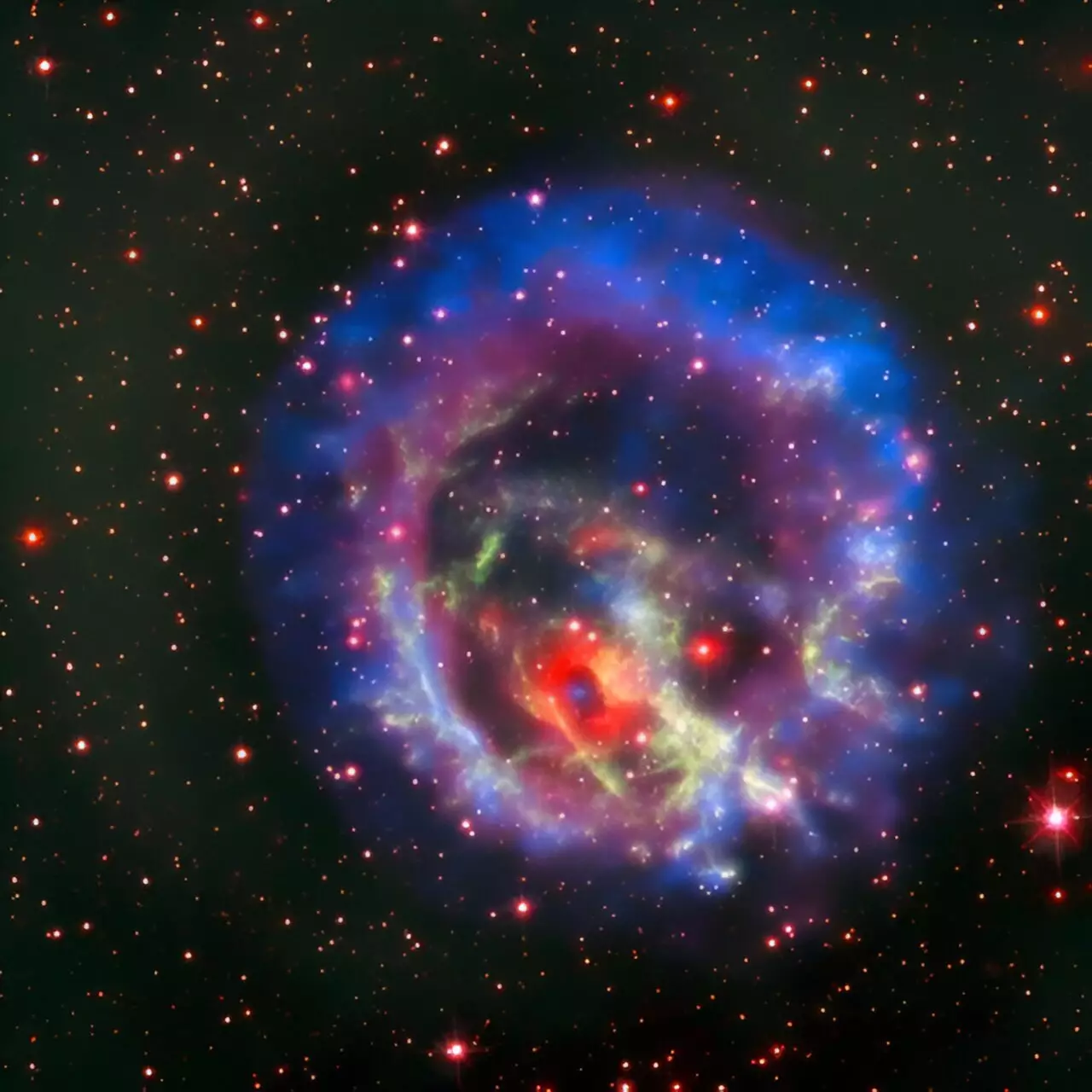The universe’s infancy is shrouded in mysteries that scientists strive to unravel through the study of matter under extreme conditions. A recent theoretical analysis by physicist Hidetoshi Taya at RIKEN, along with his colleagues, has highlighted the potential of upcoming lab experiments to replicate the unique phase of matter that existed in the early universe. Intriguingly, these experiments may also result in the generation of the strongest electromagnetic fields known to date. This unexpected outcome not only amplifies the intrigue surrounding high-energy particle physics but also opens avenues for exploring phenomena that have yet to be understood.
According to the Standard Model of particle physics, when matter is subjected to extreme heat and pressure, it transitions into a state characterized by plasma composed of subatomic particles known as quarks and gluons. Historically, experiments have relied on heavy ion collisions at high energies to create such plasma. However, a promising shift in focus towards intermediate energy levels has emerged, allowing for the production of high-density plasmas. These conditions are crucial for gaining insights into the conditions prevalent during the universe’s early moments, within neutron stars, and during catastrophic events like supernova explosions.
The innovative approach Taya and his team have taken is noteworthy. They are not merely revisiting established methods; they are challenging existing assumptions about the characteristics of the electromagnetic fields generated in these collisions. This acknowledgment of vast theoretical uncertainties in predictions concerning ultrahigh densities showcases a comprehensive understanding of the complexities involved.
Taya’s involvement with high-intensity lasers laid the foundation for his insights regarding electromagnetic fields. He recognized that the collision experiments could produce electromagnetic fields with strengths extending far beyond those of the most intense lasers currently available. The analogy Taya provides—comparing an intense laser to roughly a hundred trillion LEDs—puts the scale of these anticipated fields into perspective. The implications of ultra-strong electromagnetic fields are profound, suggesting the possibility of new forms of physics that have not been previously observed due to limitations in field strength in current experimental setups.
The theoretical analysis published in *Physical Review C* marks a pivotal moment in this field of research. Taya and his colleagues have shown that electric fields generated during intermediate-energy heavy-ion collisions could be potent and durable enough to facilitate exploration into the realm of strong-field physics. This presents an unexpected opportunity for researchers to investigate phenomena that were, until now, considered out of reach.
Despite the promising findings that suggest the production of these ultra-strong fields, a significant hurdle remains: the difficulty in measuring them directly. Current experimental designs primarily focus on particle detection and the subsequent analysis of their properties in collision outcomes. This limitation means that while researchers can infer the presence of strong electromagnetic fields, they cannot confirm their characteristics through direct measurement.
Understanding how these fields influence observable particles is critical for verifying theoretical predictions. Taya emphasizes the importance of this understanding, highlighting the need for comprehensive models that connect the electromagnetic phenomena to particle behavior under the compelling conditions generated during heavy-ion collisions. The challenge that lies ahead calls for innovative experimental strategies capable of probing the interface between electromagnetic field dynamics and particle interactions.
The exploration of ultrahigh-density matter and the prospects of ultra-strong electromagnetic fields signify a transformative epoch in particle physics. As physicists gear up for experiments aiming to replicate conditions reminiscent of the early universe, they not only seek to confirm theoretical models but also to address profound questions about the nature of matter and forces. The intersection of Taya’s theoretical work with practical experimentation promises to illuminate our understanding of the universe’s beginnings, paving the way for unforeseen discoveries in fundamental physics. As researchers confront the challenges posed by these ambitious goals, the excitement of unveiling new phenomena continues to grow, charting an adventurous course for future explorations in this captivating domain.

